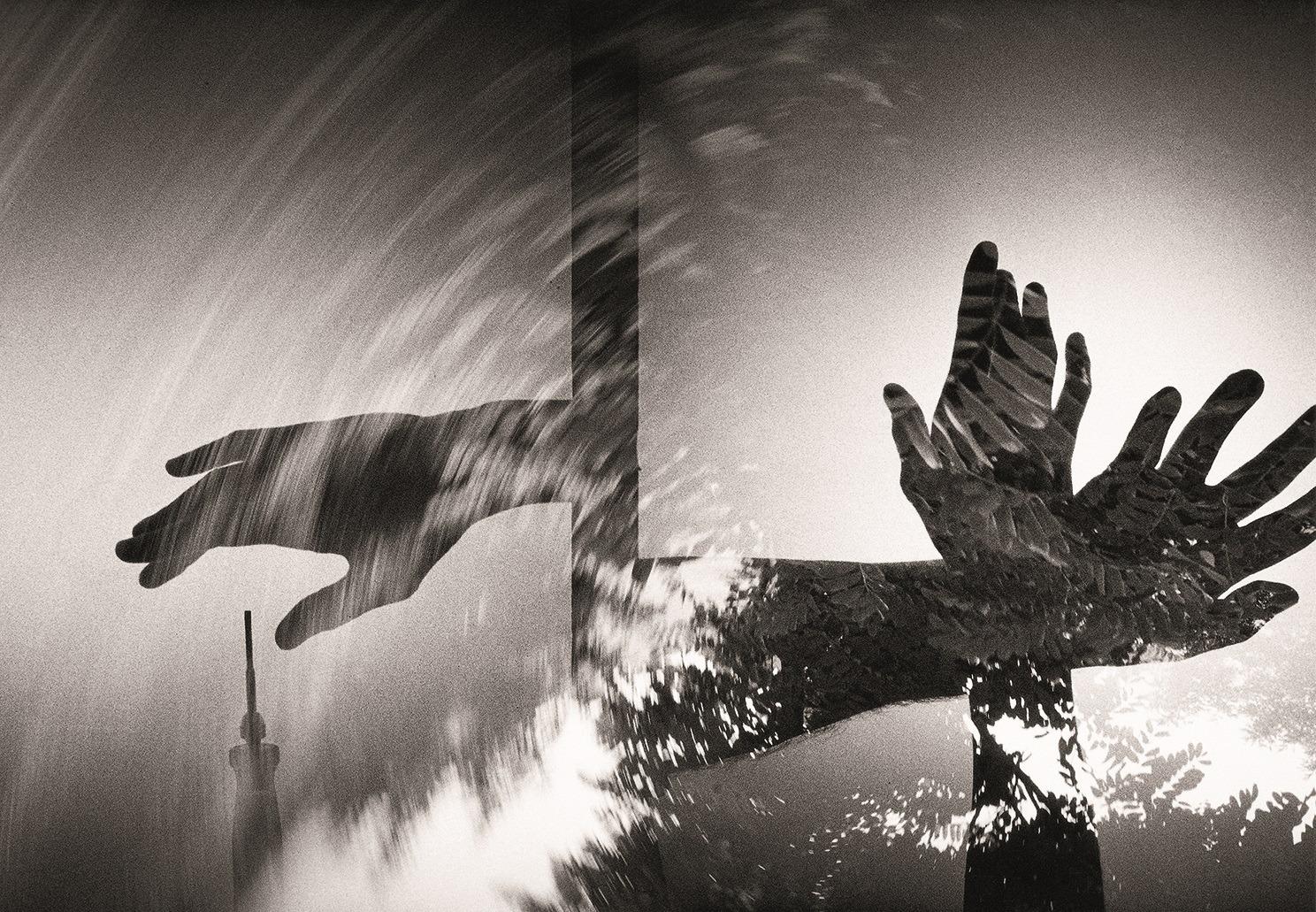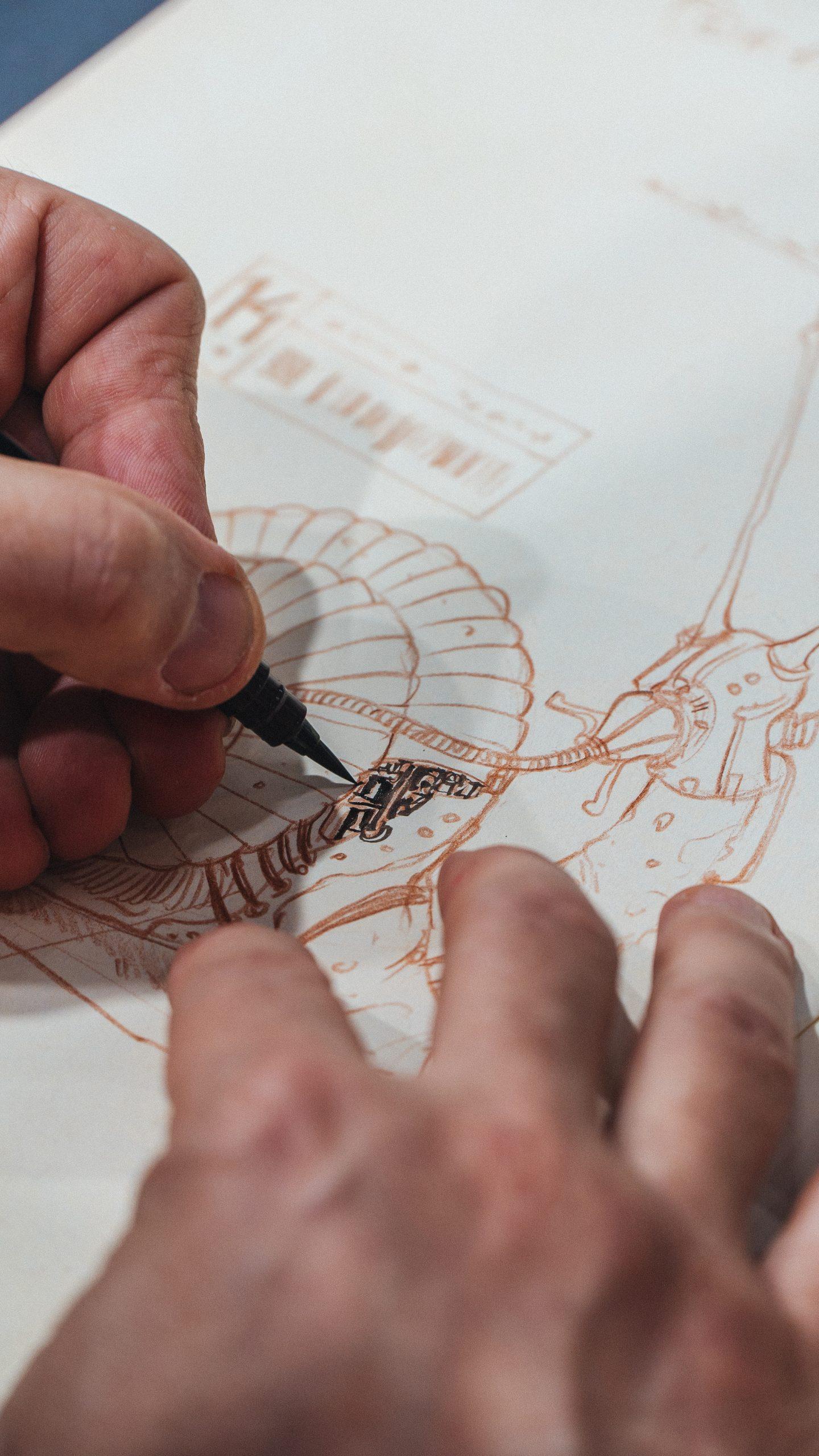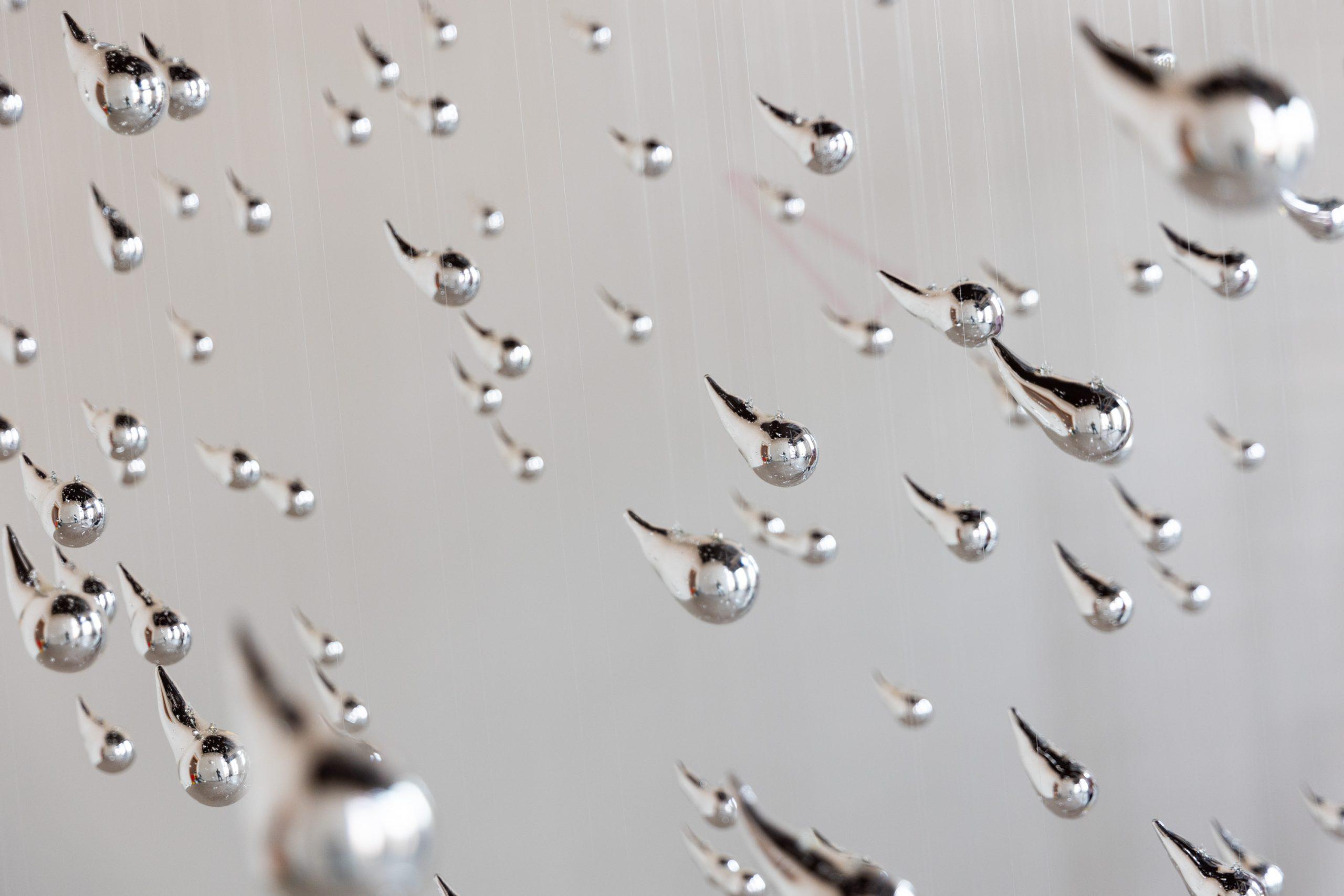In 2024 the World Press Photo saw Mohammed Salem’s powerful shot win the top slot. Fiona Shields, president of the global jury, describes the selection criteria and the workings of one of the world’s most famous photojournalism competitions, which is the subject of the book published by Marsilio Arte
Supporting the work and courage of photojournalists and making the stories told by their shots known at every latitude. This is the role of World Press Photo according to Fiona Shields, president of the global jury that chose the winners of the 2024 edition. We have interviewed her to find out more.
What reasons and criteria guided the choice of 2024 World Press Photo global winners? Are there any similarities between the winning images in the various categories of the contest?
Representation and finding balance was a real concern this year. Stories of terrible human suffering such as the horrific events of 7 October in Israel, followed by the brutal assault on Gaza; the ongoing conflict in Ukraine, and catastrophic environmental disasters tended to dominate. But we were also engaged by moments of humanity and resilience, that challenged stereotypes and told of the beauty and fragility of the natural world and were encouraged by positive solutions based stories.
Trying to assess the imagery from the conflict in the Middle East, alongside stories from elsewhere was particularly difficult. The question we kept returning to involved images of violence and death – with which the media are saturated – versus those giving a more expansive, diverse view of global issues. However, it was important to address the significance of the seismic events taking place in the Middle East and to pay tribute to photographers working often in unimaginable circumstances and who absorb a huge amount of trauma to bring us the news.
The final works selected as winners are varied in subject, tone and aesthetic approach but what they have in common, the jury believe, is that they have been made with respect and integrity that can speak universally and resonate far beyond their origins.
The World Press Photo of the Year by Mohammed Salem is a very powerful and relevant image. Which and how many are the levels of meaning and interpretation of this image? And how does it fit into the author’s photographic research?
Yes, the winning Single photograph is a profoundly affecting image from Gaza showing a woman cradling the dead body of her niece, a victim of the Israeli assault. It is a powerful photograph of love and loss and once seen it’s seared in your mind’s eye. In many ways it’s hard to describe the impact of this scene in words but it carries the weight of one of the most significant and disturbing conflicts the world has ever known. What we see in the picture doesn’t give any specific detail about place or identity and so it has an emblematic quality, speaking both literally and metaphorically about the injustice and cruelty of war for innocent victims worldwide. The author of the image, Mohammed Salem, won a World Press award for his work on the conflict between Israel and Palestine in 2010, this year’s award is a further tribute to his courage and commitment.

A Palestinian Woman Embraces the Body of Her Niece © Mohammed Salem, Palestine, Reuters
How does the World Press Photo selection process take place? And how are the regional and global juries formed?
The winners this year have been selected from over 61,000 entries by 3,851 photographers from 130 countries. The initial judging is carried out by six regional juries made up of experts in photojournalism ‒ photographers, editors and curators. The regional shortlist is then passed to the global jury for final selection.
The regional chairs bring the voices and expert opinions of their juries to the table from all corners of the world, sharing nuanced local knowledge of stories and events and consideration of cultural attitudes and references. All of the jury members brought a unique context and lived experience but we were united in our attitudes towards the importance of standards, ethics and inclusion in our industry. The process is rigorous and each shortlisted entry is subjected to forensic analysis to ensure its authenticity before being considered in a final round.
What is the role of World Press Photo today and in the near future, from your point of view?
I believe the role of World Press Photo is vital in championing the work and courage of photojournalists and amplifying stories across the world. The regional model introduced in 2022 has fostered a more diverse range of stories and contributors. It leads the way in industry standards, provides valuable educational resources with outreach programmes and masterclasses in photojournalism worldwide. Finally, it is an important platform for connecting photographers to photo editors and curators as well as to one another, building a global community.
Interview by Arianna Testino
https://www.worldpressphoto.org/
BIO
Fiona Shields has over 20 years’ picture editing experience across a range of newspaper titles. She is also a curator, speaker on photojournalism, and photography mentor. She was picture editor of The Guardian for ten years before taking up the role of head of Photography for the Guardian News and Media Group. Throughout her career, she has been involved in the coverage of some of the most historic news stories of our time including the events surrounding 9/11, conflicts around the world, large-scale natural disasters, and the humanitarian crises resulting from the growing refugee numbers across the globe.
In addition she has judged numerous high-profile photographic awards including the World Press Photo Contest, the Sony World Photography Awards, The Carmignac Photojournalism Award, and The Taylor Wessing Portrait Prize. She is a regular nominator for the Prix Pictet Prize.

Survivors © Arlette Bashizi, for The Washington Post
Related Articles






